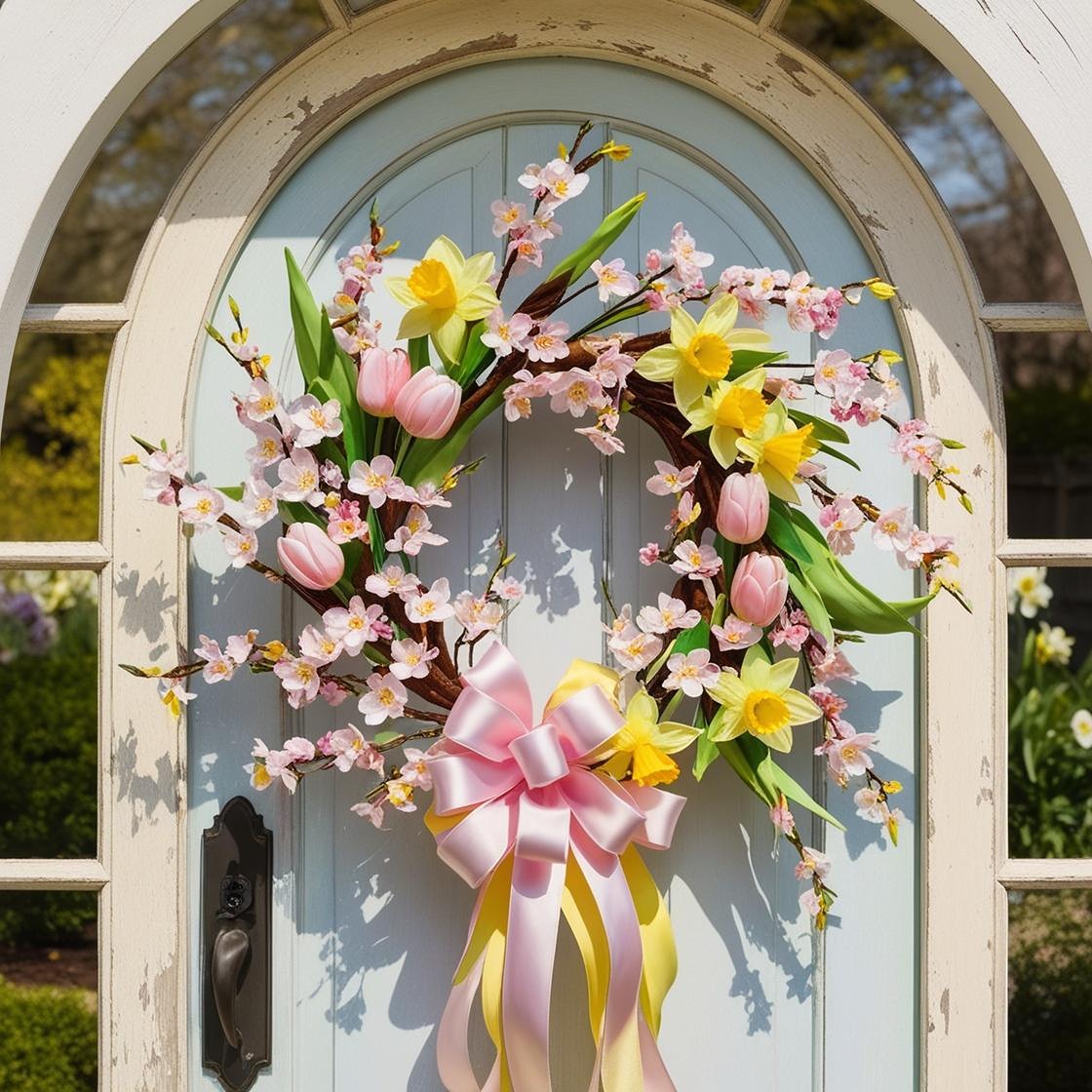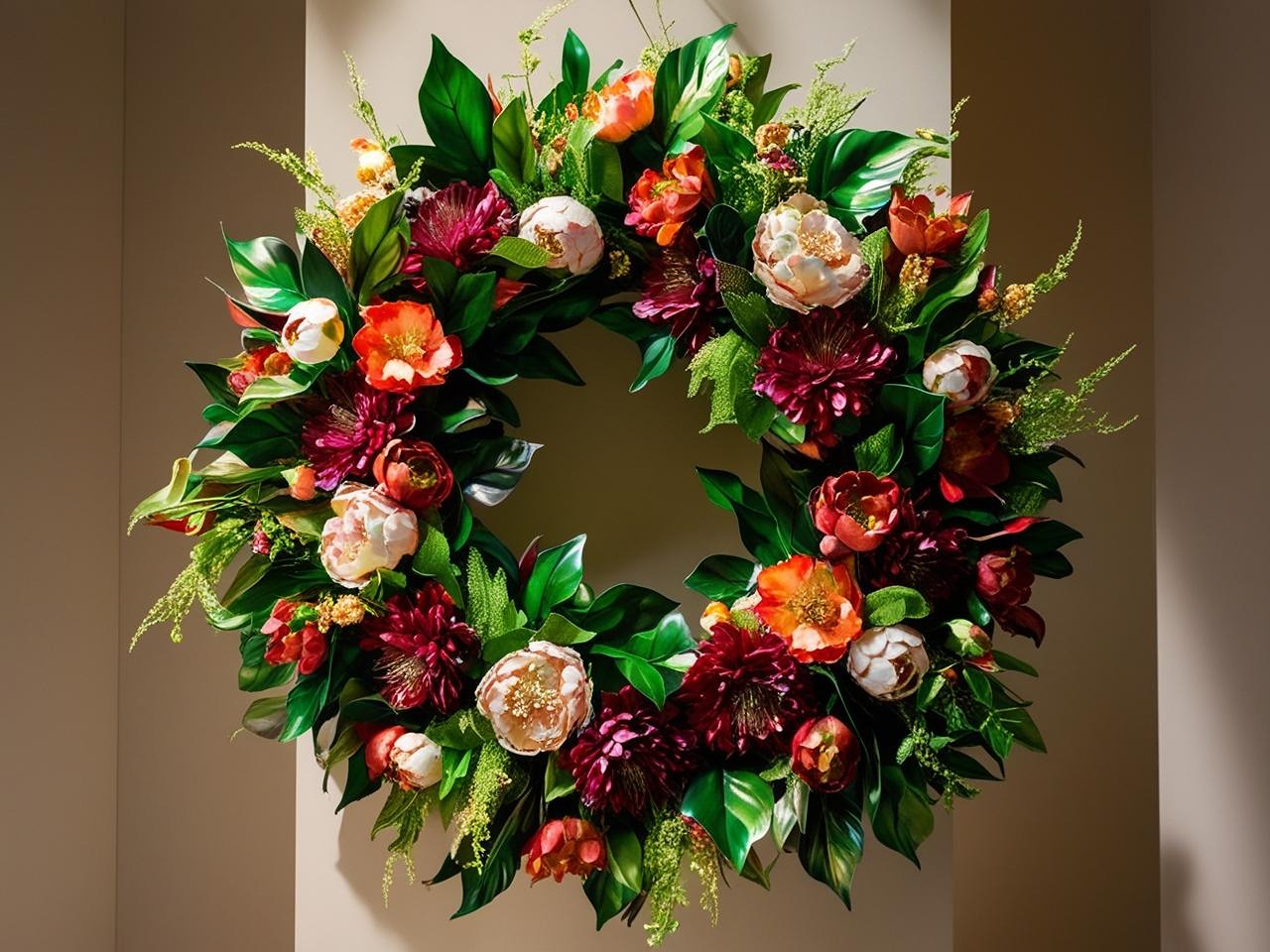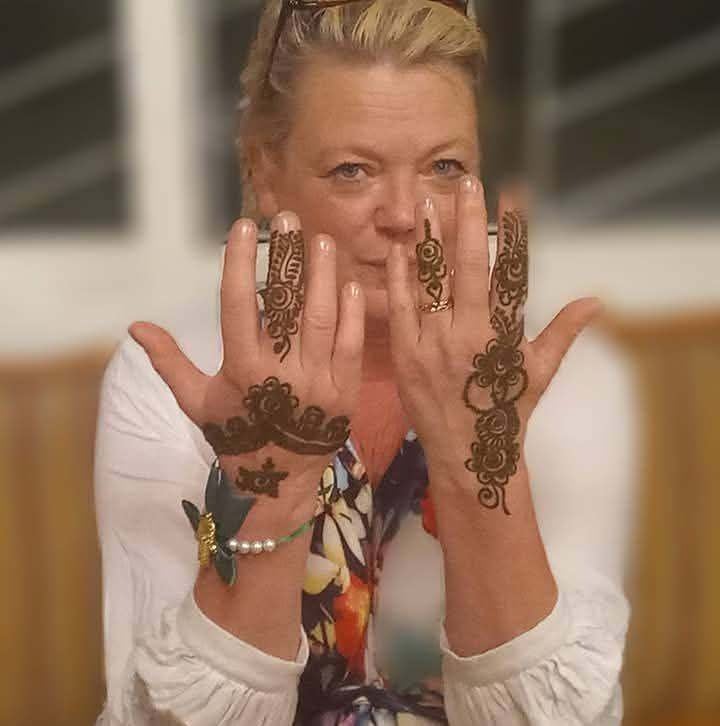The history of the door wreath

Door wreaths have a rich history, with roots in ancient Greece and Rome where they symbolized victory, honor, and status. These early wreaths, often made of laurel leaves, were given as awards to victors in competitions and were later used to signify achievement and social standing. Over time, wreaths evolved into decorative items, particularly during winter celebrations in Europe, and eventually became associated with Christmas and Advent.
Here's a more detailed look at the history:
Ancient Origins:
Greece and Rome: Wreaths were given as crowns to winners of athletic and artistic competitions.
Symbolism: They represented victory, honor, and status, often made from laurel leaves.
Beyond Celebrations: Wreaths were also used to signify social rank and achievement.
Evolution to Decorative Items:
Winter Celebrations:
In colder European regions, evergreen wreaths became popular during winter, symbolizing the cycle of life and enduring nature.
Advent Wreaths:
In Germany, Advent wreaths, adorned with candles, emerged as a Christian tradition, representing the light of Christ.
Christmas Wreaths:
The Christmas wreath as we know it today combines religious symbolism with festive cheer.
Symbolism in Different Cultures:
Pagan Beliefs:
In pre-Christian Europe, wreaths made of evergreen branches were used in rituals related to the changing seasons and fertility, with candles sometimes added as beacons of hope.
Protection:
Some cultures believed evergreen wreaths could ward off evil spirits and bring good luck to the home.
Christianity:
Christians adopted and adapted the wreath, with the circular shape symbolizing eternity and the love of God.
Modern Usage:
Christmas Decoration: Christmas wreaths, often with candles, have become a popular tradition in many parts of the world.
Welcome and Cheer: Wreaths are still used to welcome guests and spread holiday cheer.
Symbol of Hope and Renewal: They continue to represent hope, renewal, and the enduring cycle of life.


